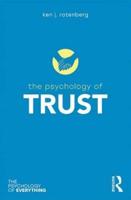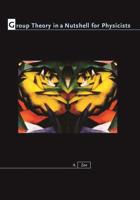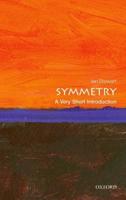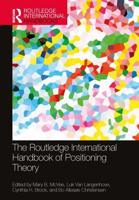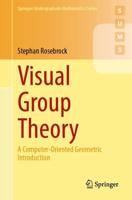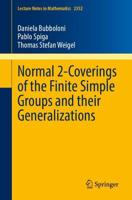Publisher's Synopsis
The area of automorphic representations and their local components (i.e. admissible representations) is a natural continuation of the main research of the 19th and 20th centuries studies in number theory and modular forms. A guiding principle is a reciprocity law that would relate these infinite-dimensional representations of a reductive group with finite dimensional representations of the Galois group of the number field.Simple relations on the Galois side would have deep counterpart relations on the automorphic side, called ??liftings''. These lifting relations are accessible purely on the automorphic side by using several analytic techniques. This monograph concentrates on one initial yet deep example, of the symmetric square lifting from SL(2) to PGL(3), reflecting the 3-dimensional representation of SL(2), namely its isomorphism with SO(3). It applies one technique, i.e. comparison of the trace formula with the twisted trace formula, both stabilized.;All aspects of the technique are discussed in an elementary way:* The "Fundamental Lemma", relating orbital integrals of spherical functions;* Comparison of trace formulae is greatly simplified by using "regular" test functions;* The "lifting" is stated and proved by means of Harish?Chandra character relations.This permits an intrinsic definition of partition of the automorphic representations of SL(2) into packets, proving the Multiplicity One Theorem and Rigidity Theorem for SL(2), as well as determining the self-contragredient representations of PGL(3).This research monograph will benefit an audience of graduate students and researchers in the areas of number theory, algebra, and representation theory.

